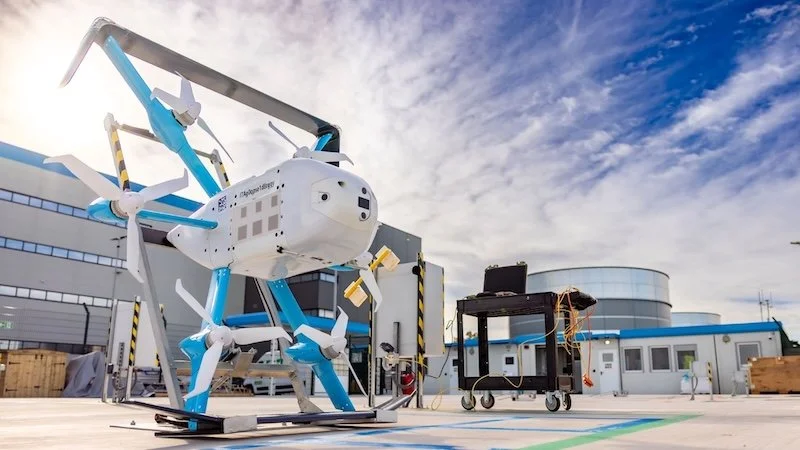AI in employment law: navigating the legal implications of automation in the workplace
Automation is shaping a new reality for today's workforce and - hopefully - improved efficiencies for your business. But when your employee uses AI in their daily work, you have to consider the downside in addition to the advantages.
The rise of AI and automation in the workplace
AI and automation are changing ordinary businesses, optimizing them and providing data that may be useful in decision-making, but they come with legal implications that will have an impact on the employer and the employee.
Impact on employment contracts
Employers should consider AI and automation compliance when drafting employment contracts.
Terms and conditions of employment in every contract should define AI-handled tasks, employee’s roles in facilitating AI handled tasks, ensure data protection compliance, clarify IP rights, address workplace surveillance, and establish dispute resolution mechanisms.
They must also inform workers of the impact of AI in their place of work and give them protection to gain their trust. To facilitate the process and cover all bases, it might be best for employers to seek experts who specialise in AI in employment law.
Workplace discrimination and bias
AI hiring, promotion and performance evaluation tools can carry biases, raising significant employment law concerns.
AI has margins of error already, often apparent in employment decisions. In hiring, employers usually control how data is mapped and used by the algorithm; they know what they are “telling” the algorithm to do.
Despite anti-bias laws, hiring discrimination still happens. To minimise this, employers have to audit regularly and train HR on bias and how to correct it to ensure their AI doesn’t break labour hire laws and that there are no errors that discriminate against job applicants.
Employee privacy and surveillance
An essential step is monitoring how much data the AI gets and what it does with it. Companies and employers have to determine what data privacy is and what they themselves have to do if there is a breach of employees' privacy.
This means they also have to hire new employees according to the law and the rules and principles of data protection, and employees must be informed.
Health and safety regulations
Workers using AI driven tools face physical and operational safety risks. More intrusive monitoring may mean fewer privacy limits.
There are also novel risks like cybersecurity and technical failure that need updating on safety processes. Employers must comply with OHS, protect data, allocate responsibility, avoid discrimination through audits and protect labour rights through unions and worker retaining programmes.
Redundancies and job displacement
AI automation can take the place of some roles in various companies, leading to job loss.
Employers should follow conduct with regard to termination or dismissal of employment and, where needed, inform their employees ahead of time and offer a redundancy payment.
Training and skills development
With the technical integration to carry out functions, there comes the employer to make sure their employees are trained or are upscale. Employers have to carry out training that makes the employees capable of the functions which need to be performed simultaneously with AI.
Ethical considerations
Companies using AI must maintain strict ethical limitations, respect legal standards and comply with business interests.
Therefore, employers must audit AI, protect employee data and well-being, establish accountability alignment, and ensure that the employer's AI use is transparent and respectful of legal requirements, with policy controls.
Setting accountability control and ethics policy. Limitations allow conflicts of interest to be managed and help create a climate of trust and productivity.
Future trends and legal developments
Now, AI in employment law is an area which is still in the works but trends will further expand with AI adoption. The earlier an employer integrates these trends discussed above, the better their chances of getting ahead of the pack.
Employers should also have knowledge of the law while implementing AI in any aspect of their business.
They can take advantage of what AI has to offer and make the most of moving their businesses forward while staying on the right side of the law.
Conclusion
AI technology and automation of the workforce threatens to change employment contracts and create discrimination. Employers should respect their workers' dignity, protect their rights, and try to mitigate these risks.
Regulatory approaches will need to move from one-size-fits-all to risk-based and proportional, based on monitoring and adaptability. It helps to manage the risk and benefits of AI and tech to the greatest extent possible.































Continue reading…